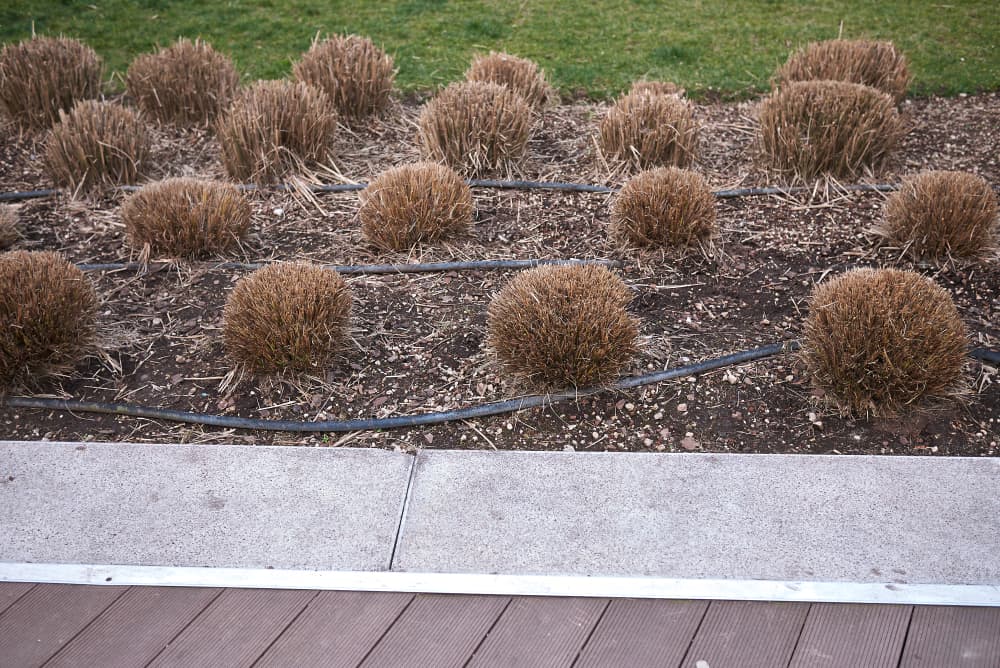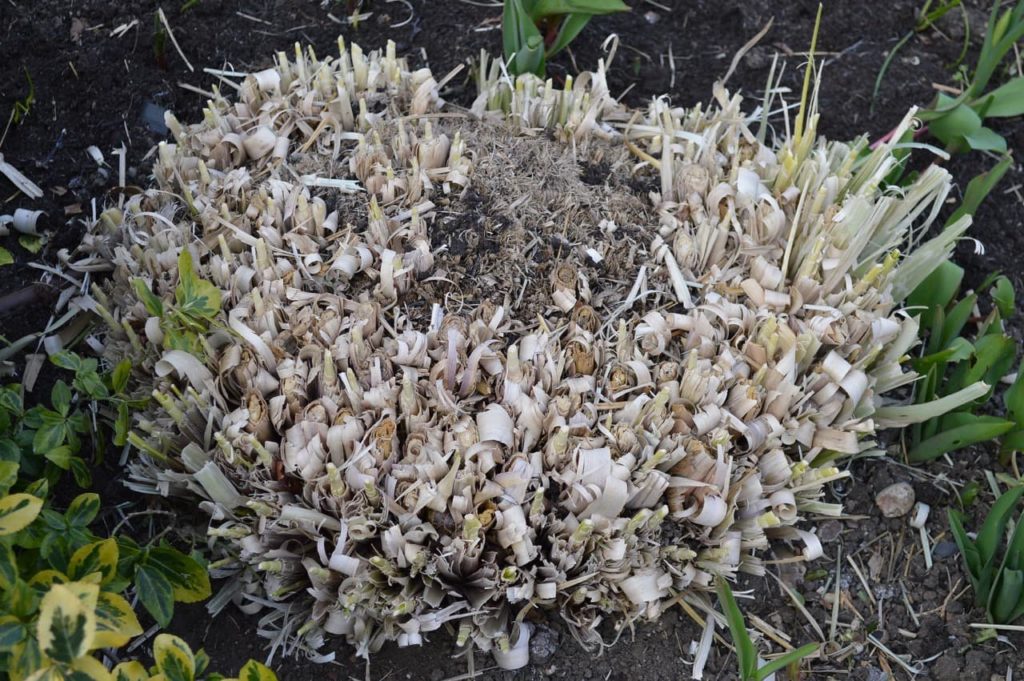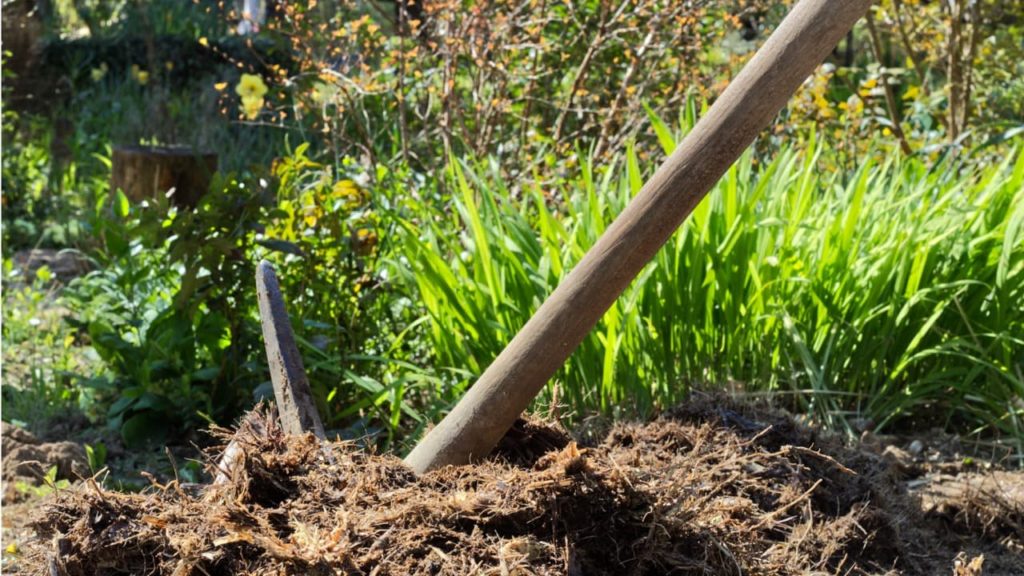Pruning Can Help To Keep Vigorous Pampas Grass Under Control – Experts Share How


Elizabeth is a Permaculture Garden Designer, Sustainability Consultant and Professional Writer, working as an advocate for positive change. She graduated from the University of St. Andrews with an MA in English and Philosophy and obtained a Diploma in Applied Permaculture Design from the Permaculture Association.
Reviewed By PETER LICKORISH

Peter is a Horticulture Lecturer and self-employed Horticulturist, with a passion for diverse areas of the industry - from garden design to the science behind plant growth and propagation. He has completed the Royal Horticultural Society’s Master of Horticulture (MHort) Award and lectures on RHS courses at Bedford College.
IN THIS GUIDE
PAMPAS GUIDES
Pruning
Pampas grass, Cortaderia selloana, is a large evergreen grass species that can be somewhat hard to handle.
It can easily get out of control and may be difficult to remove if placed in the wrong location.
Pruning helps to keep this ornamental grass looking good and will keep it under control.
Though it will still spread, its growth will be curtailed if you keep up a good pruning regime each year.
If you have pampas grass in your garden and wish to know how to prune it, here are the basic things you need to know.
| Difficulty | Hard |
| Equipment Required | Long-handled loppers, gardening gloves, mattock, axe, saw |
| When To Prune | March to April |
When To Prune Pampas
Pampas grass should be pruned in the early spring – around March or early April.

Pruning at this time gives the newly emerging foliage the chance to get more light when older material is removed, and yet that newly emerging foliage will not yet have grown enough to get in the way of the removal of older material.
Why Prune Pampas Grass?
The reason is that it can, if left unpruned, easily get out of control and grow to a larger size than you can accommodate in your garden.
Pampas grass is evergreen, but unlike many other smaller evergreen grasses that only need a light trim and the removal of dead leaves, this ornamental grass needs more vigorous treatment.
“Pampas grass has a habit, like many clump-forming plants, to become weak or even rot in its centre, and expand rapidly outwards,” shares Master Horticulturist Peter Lickorish.
“To get around this, I advise splitting the plant in half and lifting half of the plant if you can, every few years. This keeps the size manageable, and the weaker middle then becomes the edge. As it dwindles, it can be sliced out with a spade the following year.”
Pruning By Goal
When pruning or cutting back Pampas grass, there are three main goals that you might have.
First, you may simply be maintenance pruning, which is the annual pruning stint to keep your ornamental grass in good shape.

Secondly, you may wish to reduce the size of an existing clump of pampas grass.
Thirdly, you may have inherited a pampas grass in your garden and wish to get rid of it altogether.
1) Maintenance Pruning
For many gardeners, it used to be the norm to burn back a pampas grass each spring.
However, this practice is not recommended any longer.
Not only is this a method that is bad for the environment (contributing to air pollution) but it is also bad for the plant itself and can cause damage to the crown.
Instead, it is now recommended to cut back the pampas grass hard each spring.

Your goal is to carefully cut back as much material as you can without damaging the new growth emerging from the crown.
2) Reducing Size
A Pampas grass can easily spread beyond the confines of an area to which you had wished to keep it constrained.

If smaller clumps have formed outside the main clump, you may wish to remove these to preserve the existing size and shape of the main clump.
Removing sections around the edges of a pampas grass clump can be helpful in reducing the size and stopping this plant from taking over, but it can be challenging to cut off and separate these sections.
You may need a mattock, axe or saw to cut through the roots and to sever these rogue clumps from the main clump of your plant or to reduce the main clump in size.
3) Removing Pampas Grass
If you wish to get rid of pampas grass altogether, this really can be challenging.
It is very unlikely that one gardener will be able to accomplish this on their own with a larger specimen.

With smaller clumps, you may be able to get rid of them with spaces and forks inserted around the outside, if someone else is able to haul the large plant out of the ground.
However, a mini-digger may be needed to remove larger clumps that cannot be manually removed.
